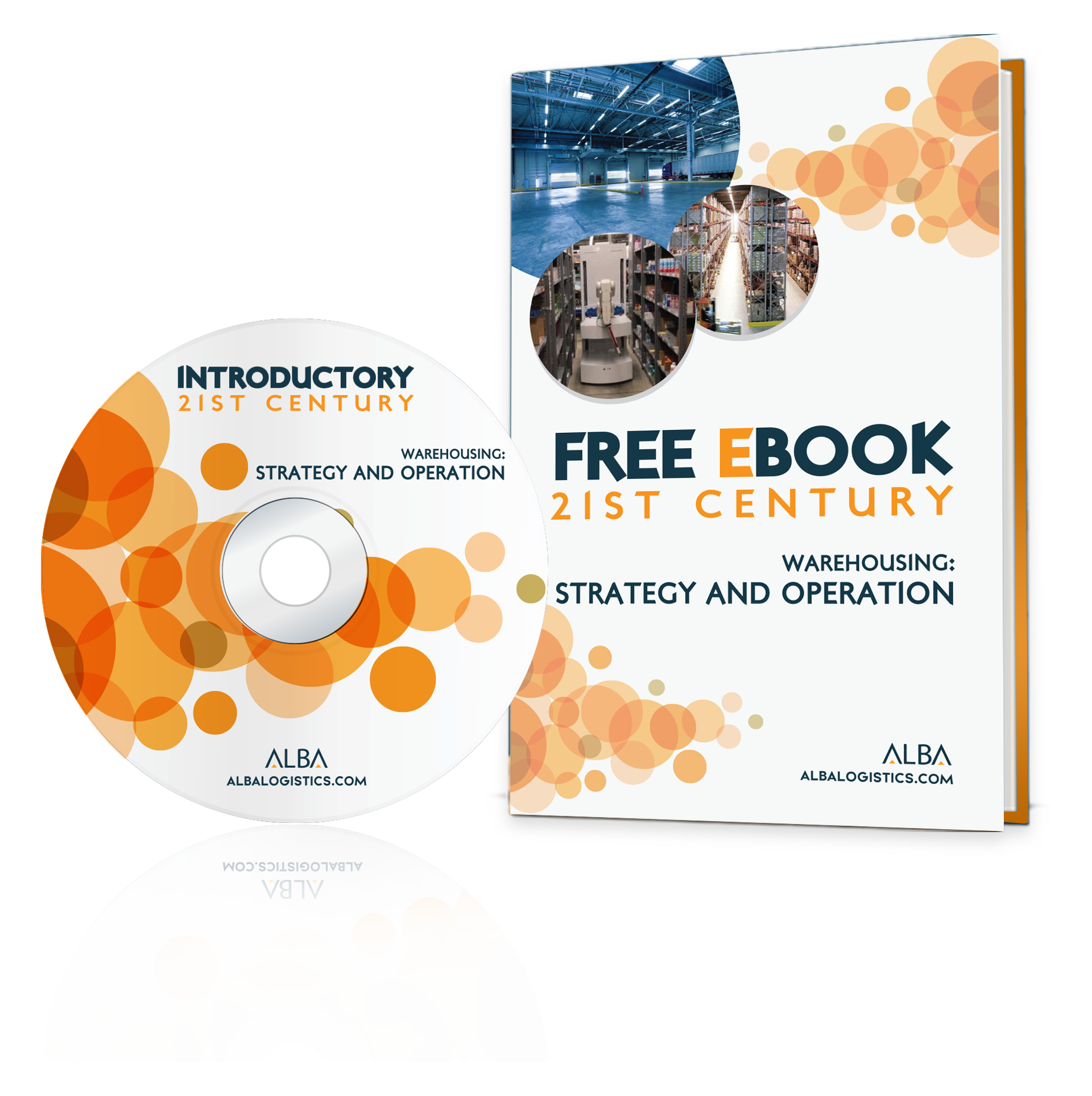English has become the number one international language of business. This would appear to hand a significant advantage to those who already have English as their mother tongue. Many multinational corporations (MNCs), including some that do not have their origins in an English-speaking country, such as Nokia of Finland and SAP of Germany have even adopted English as their standard corporate language. Indeed, approximately 36% of global business in now done through English and despite the rise of China as an international trading nation, English is set to extend its dominance. According to a recent study English is moving from being a “marker of the elite” to becoming “a basic skill needed for the entire workforce”.
Supply
The Whole is Greater than the Sum of the Parts
Q: Why bother with developing supply chain connections?
A: Because the whole is greater than the sum of the parts.
The Interface Crucible
Forging International Supply Chain Relationships among Small and Medium Sized Businesses for Competitive Advantage in a Globalized Economy
Transcript of Presentation by Patrick Daly to the National Manufacturing Conference, Aviva Stadium, Dublin on 27th January 2015.
INTRODUCTION
Good afternoon ladies and gentlemen.
Over the last 15 years or so I have had the, dubious privilege and opportunity to look deeply into the inner workings of up to a 100 warehouses all over the world – here at home in Ireland, in Britain, Europe, the Middle East, Asia and North and South America.
60 to 70 per cent of these warehouses have been in manufacturing industry –in sectors such as pharmaceuticals, medical devices, food, beverage and industrial equipment. While all warehouse facilities that support manufacturing operations have fundamentally the same processes, one of the things that has struck me most on my travels is the divergence of standards, practices and performance across these different facilities. There is a big gap between the best-in-class and the also-rans.
Is Innovation the New ‘Competitive Advantage?
At the World Economic Forum in Davos last week, the conversation revolved around innovation and volatility; amongst other pressing issues such as economic and gender inequality, sustainability, education and meaningful leadership.
Chitosan – an alternative to plastic that could be used in large-scale manufacturing
On my recent holiday to the Yucatan in Mexico, I was saddened to see tons of plastic residue from packaging being washed up, tangled up in a tide of sargassum (dense algae), on the otherwise pristine beaches of the Costa Maya. This got me thinking about sustainability, ‘reverse supply chains and closed-loop systems’ and wondering how long it will take before better biodegradable materials are used for packaging.
Cold Chain
Cold chain is the process used to maintain optimal conditions during the transport, storage and handling of vaccines, and, food and beverages. The chain begins at the manufacturer and ends with the end use, and most often involves the transportation through thermal and refrigerated packing methods and logistical planning to ensure appropriate condition of the products along each point in the supply chain. The necessities of the item being in the chain determine the temperature and humidity requirements of the chain.
The Benefits of Measurement in Warehousing and Distribution
‘If you don’t know where you want to go, then it does not matter which way you go.’- An Alice in Wonderland inspired line hold true for warehouse management.
Innovation versus Problem-Solving
Problem-solving and innovation are two essential business processes that we need to master in order to thrive and prosper in the face of the many and varied challenges that we face.
The trouble is that while both processes are necessary, if we spend too much time fixing problems around the place we leave too little time for thinking about how we are going to do things better in future.

